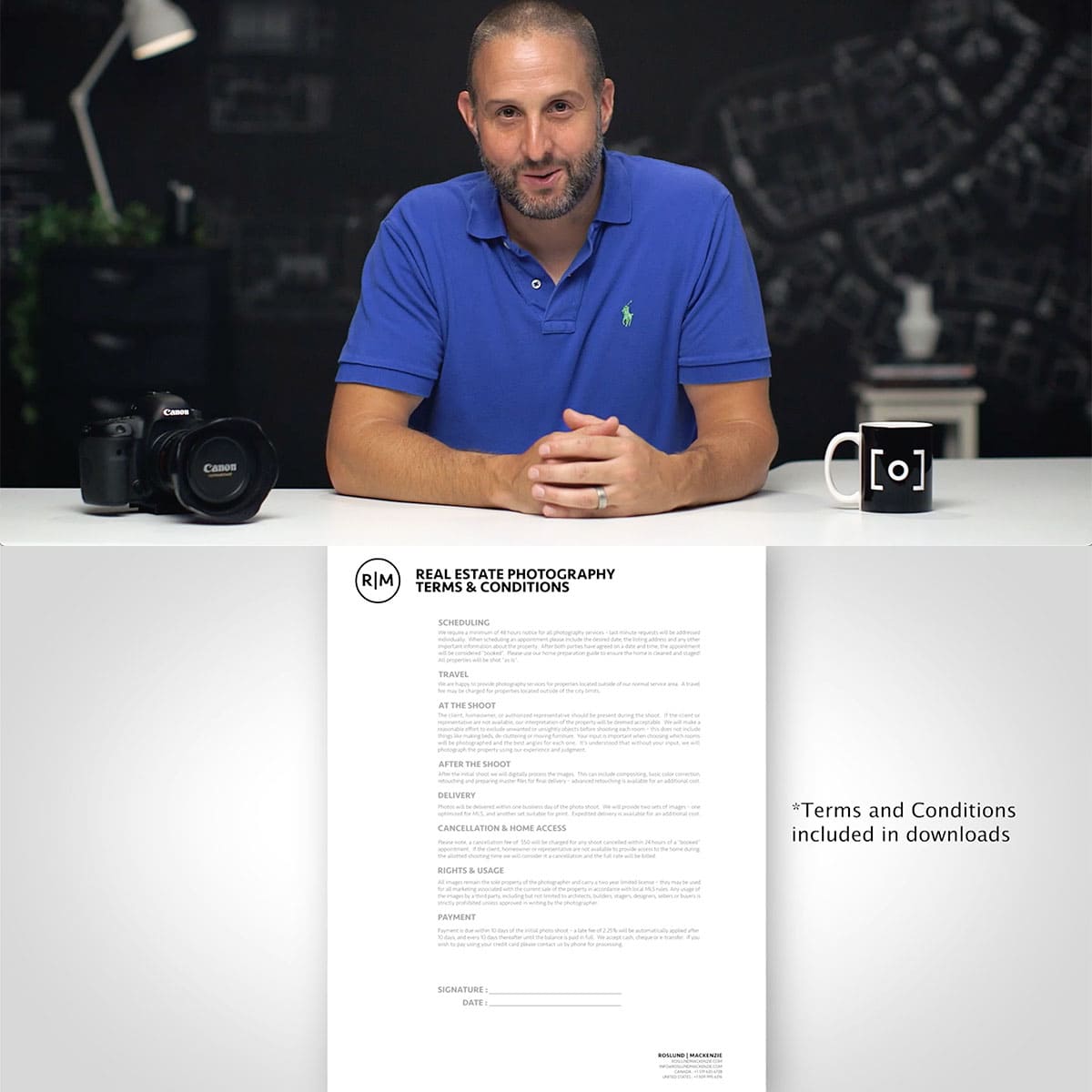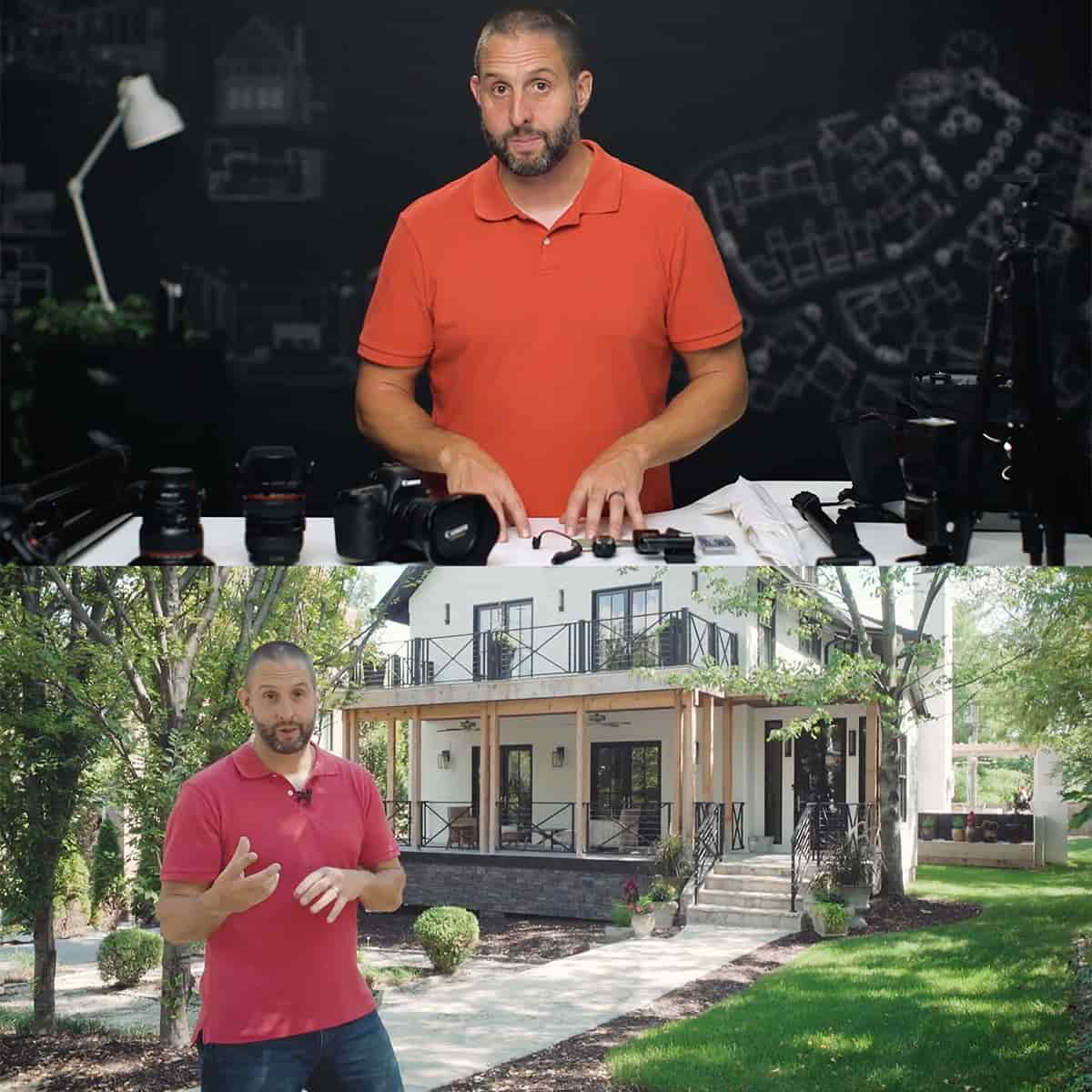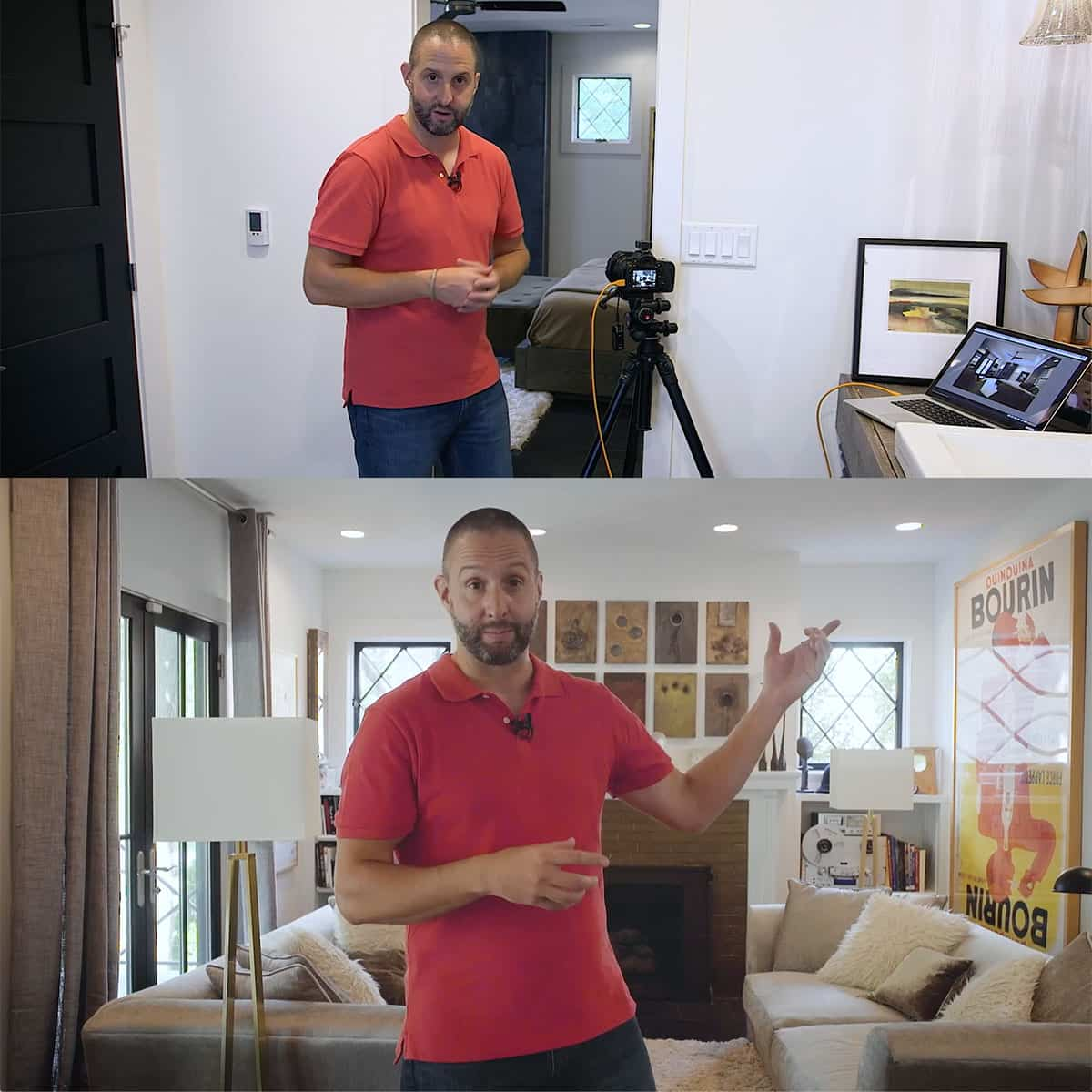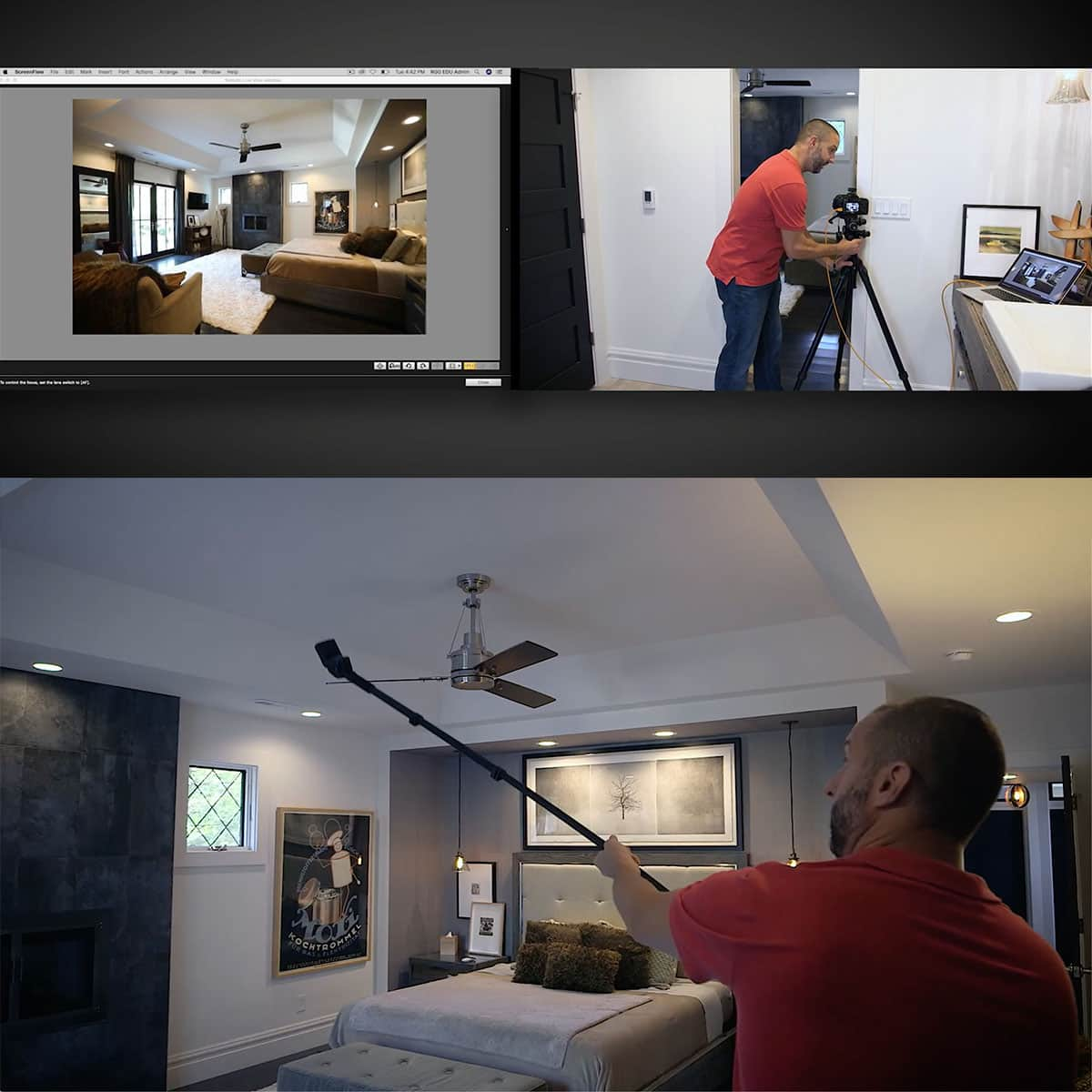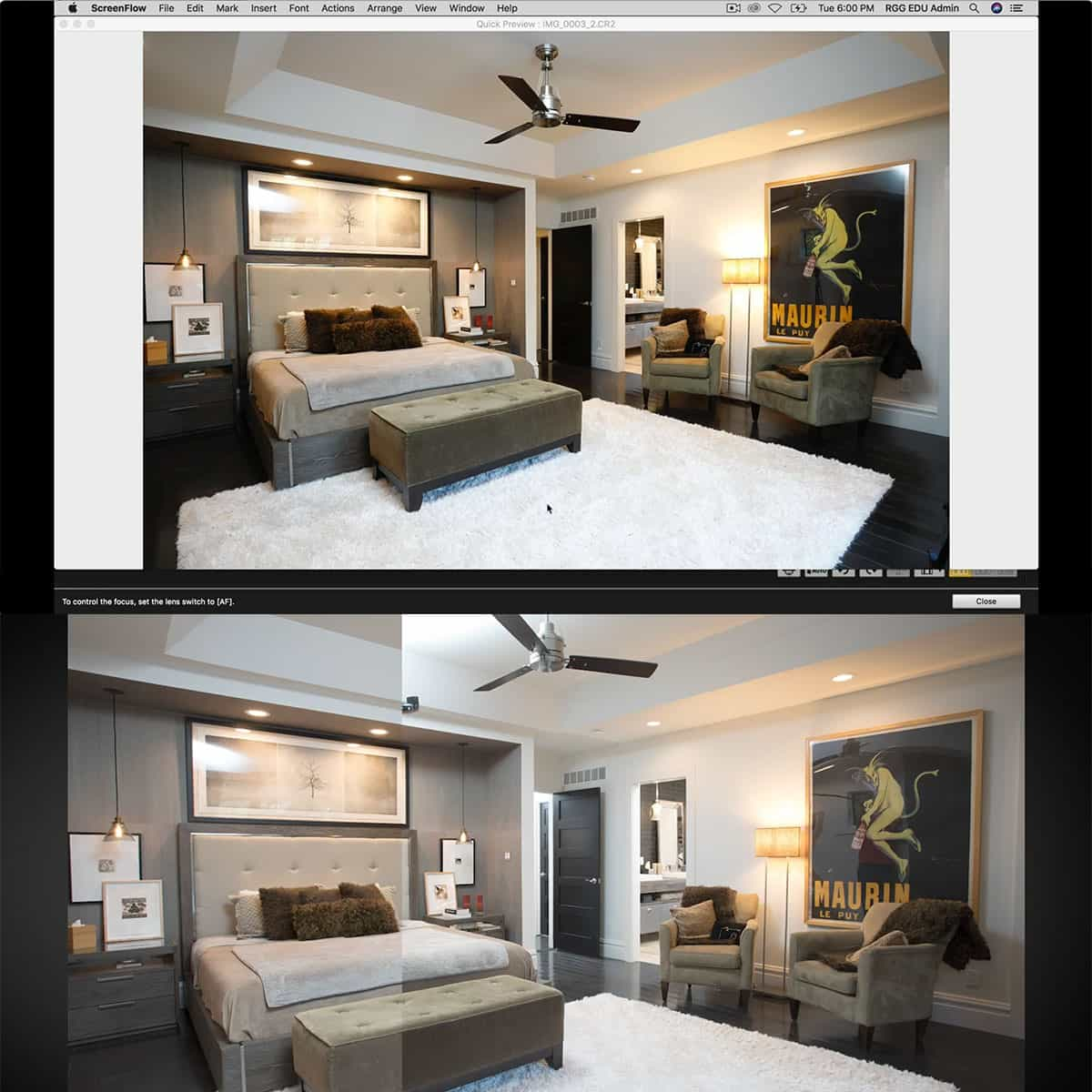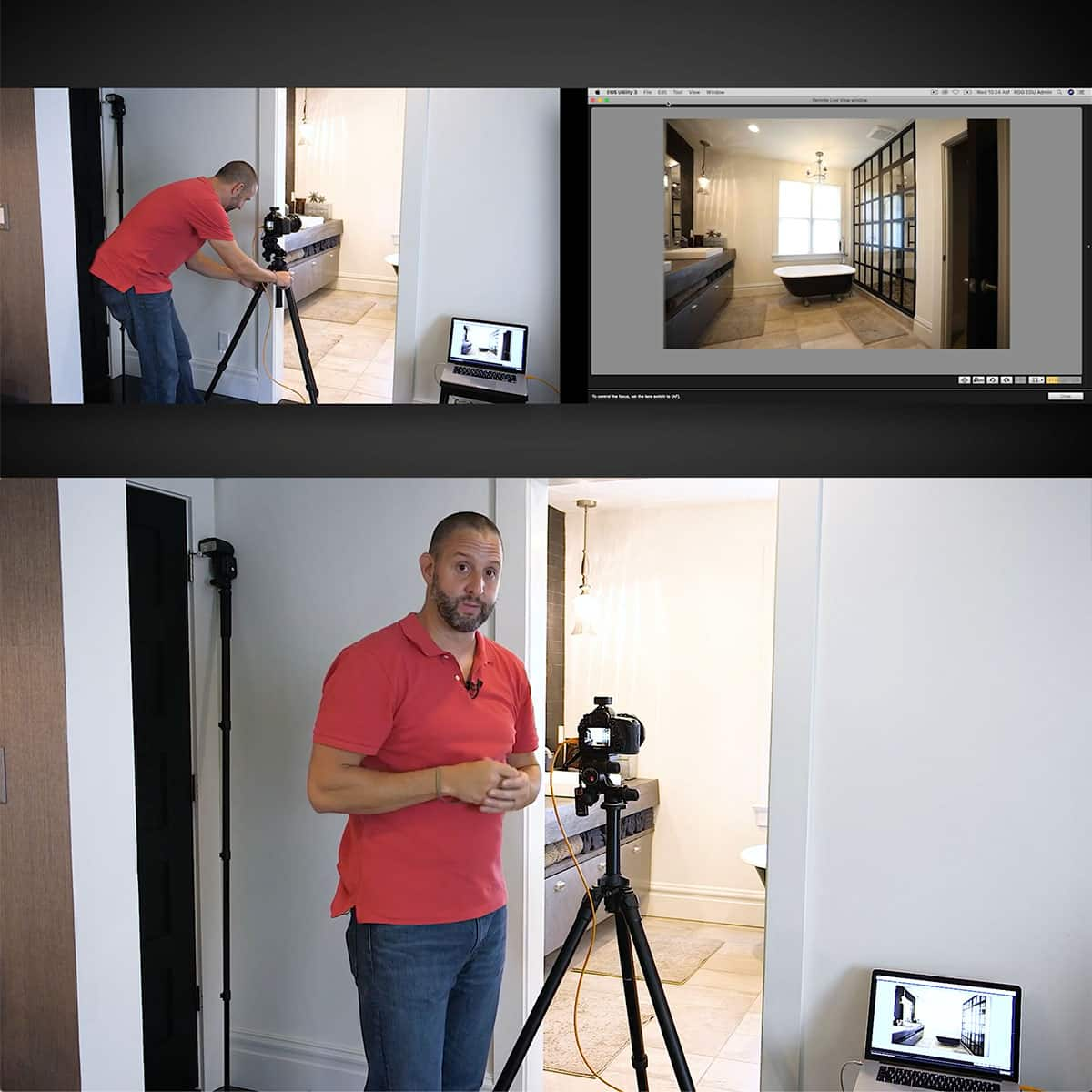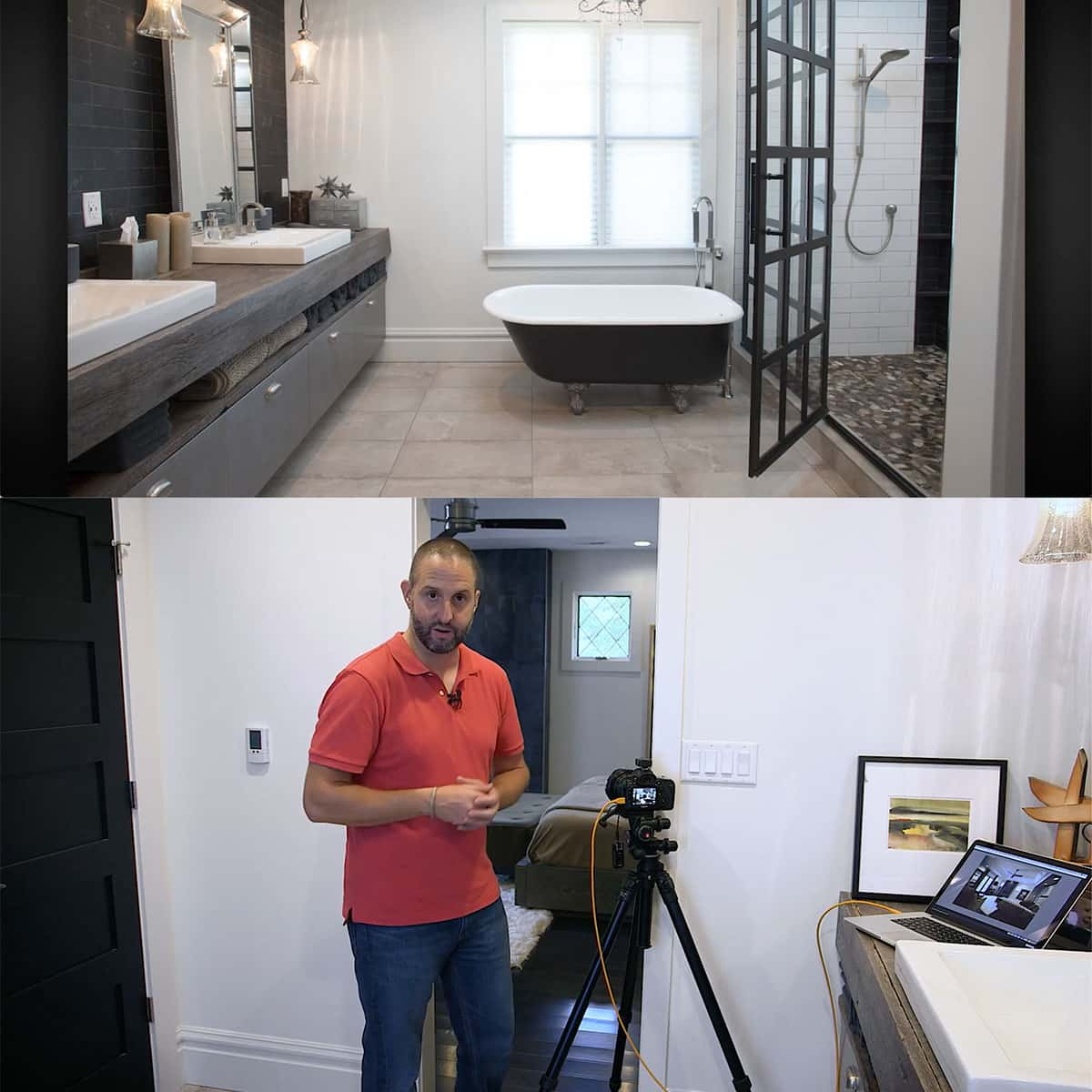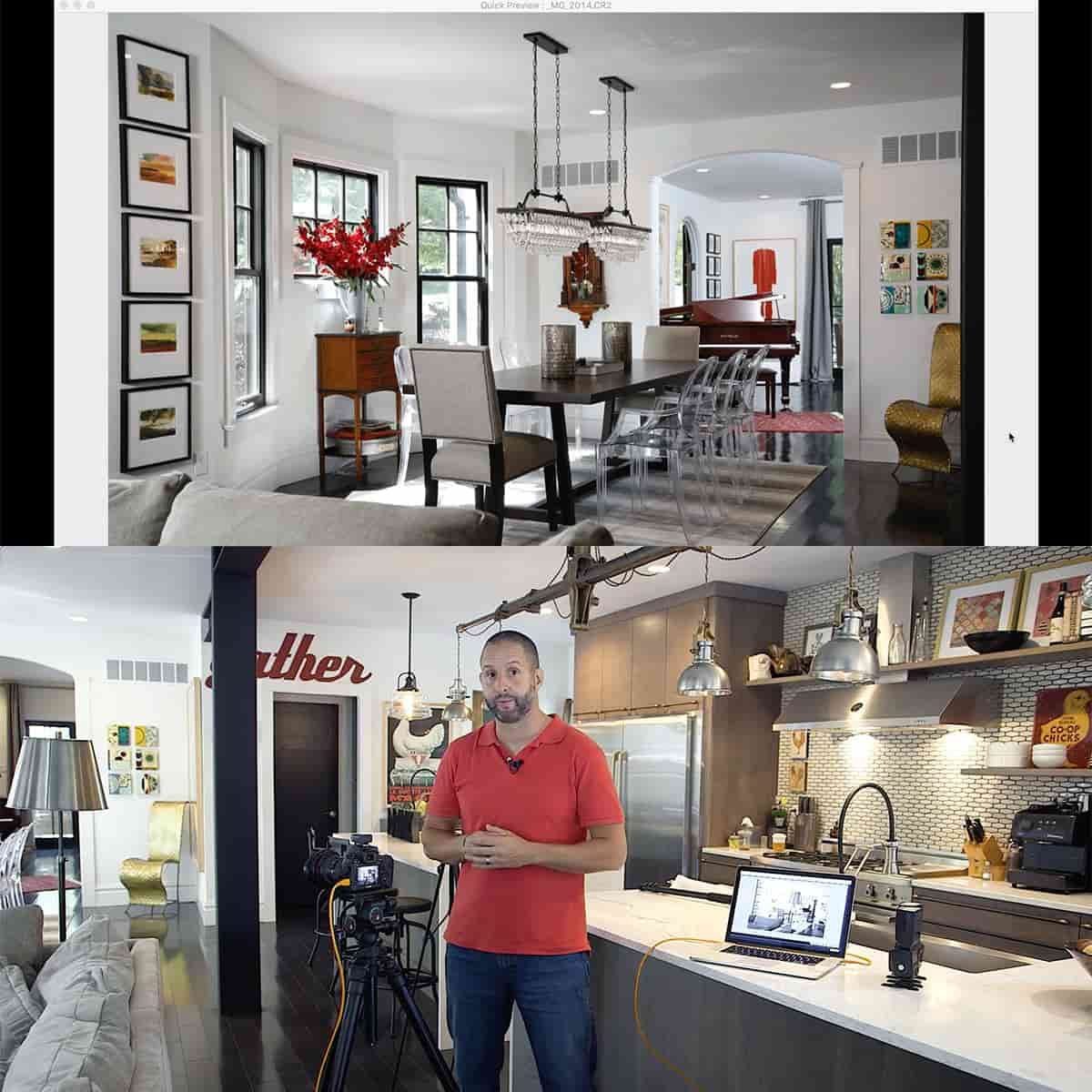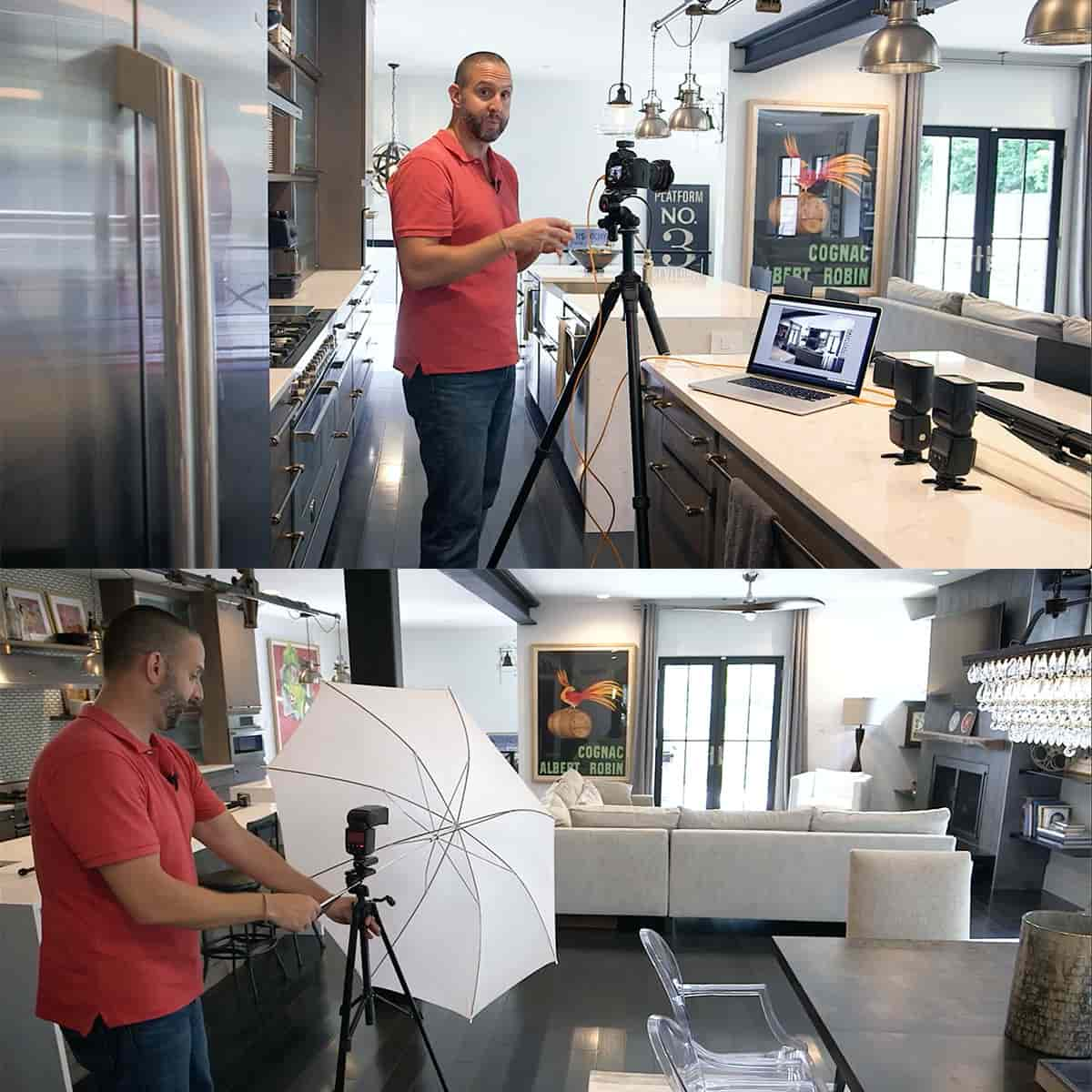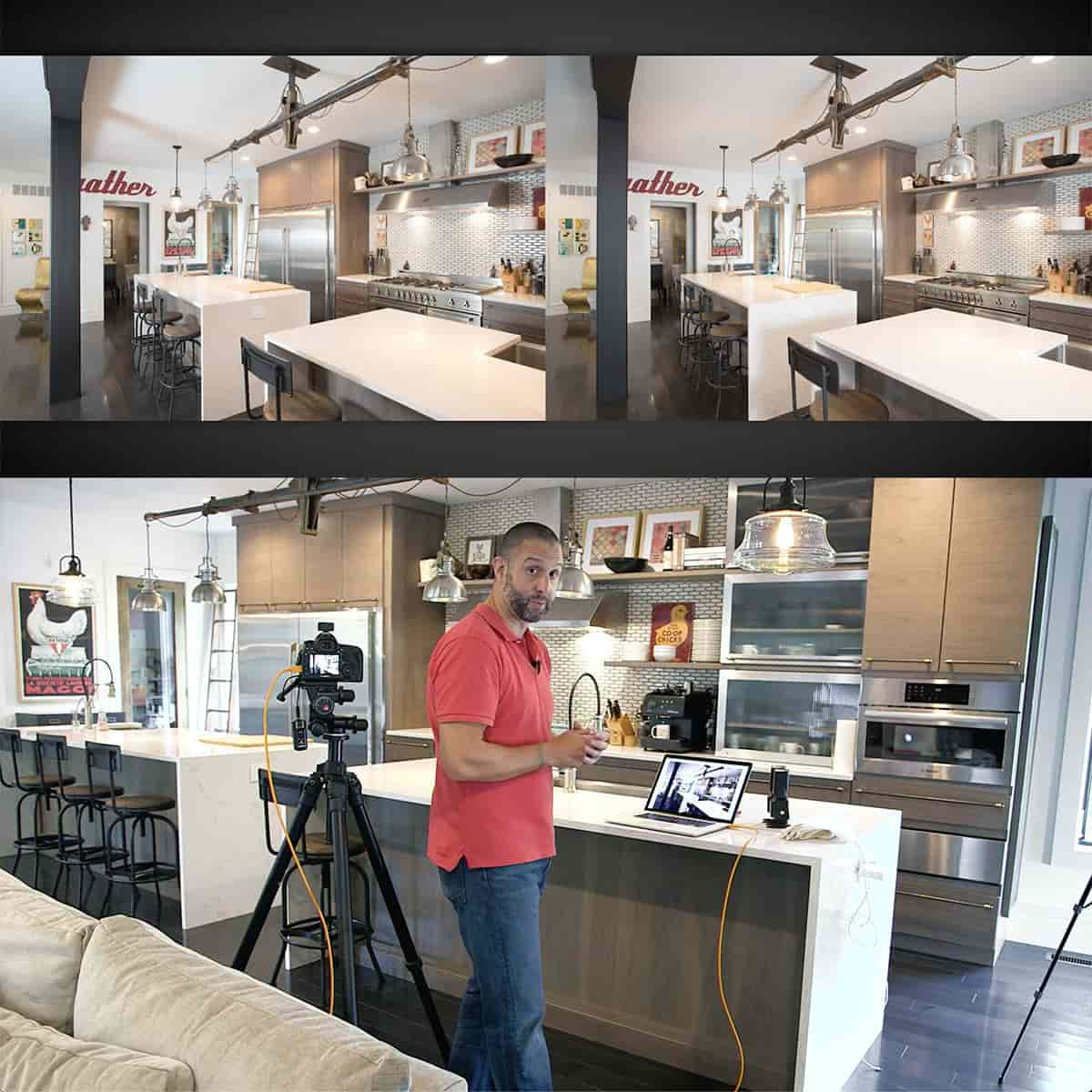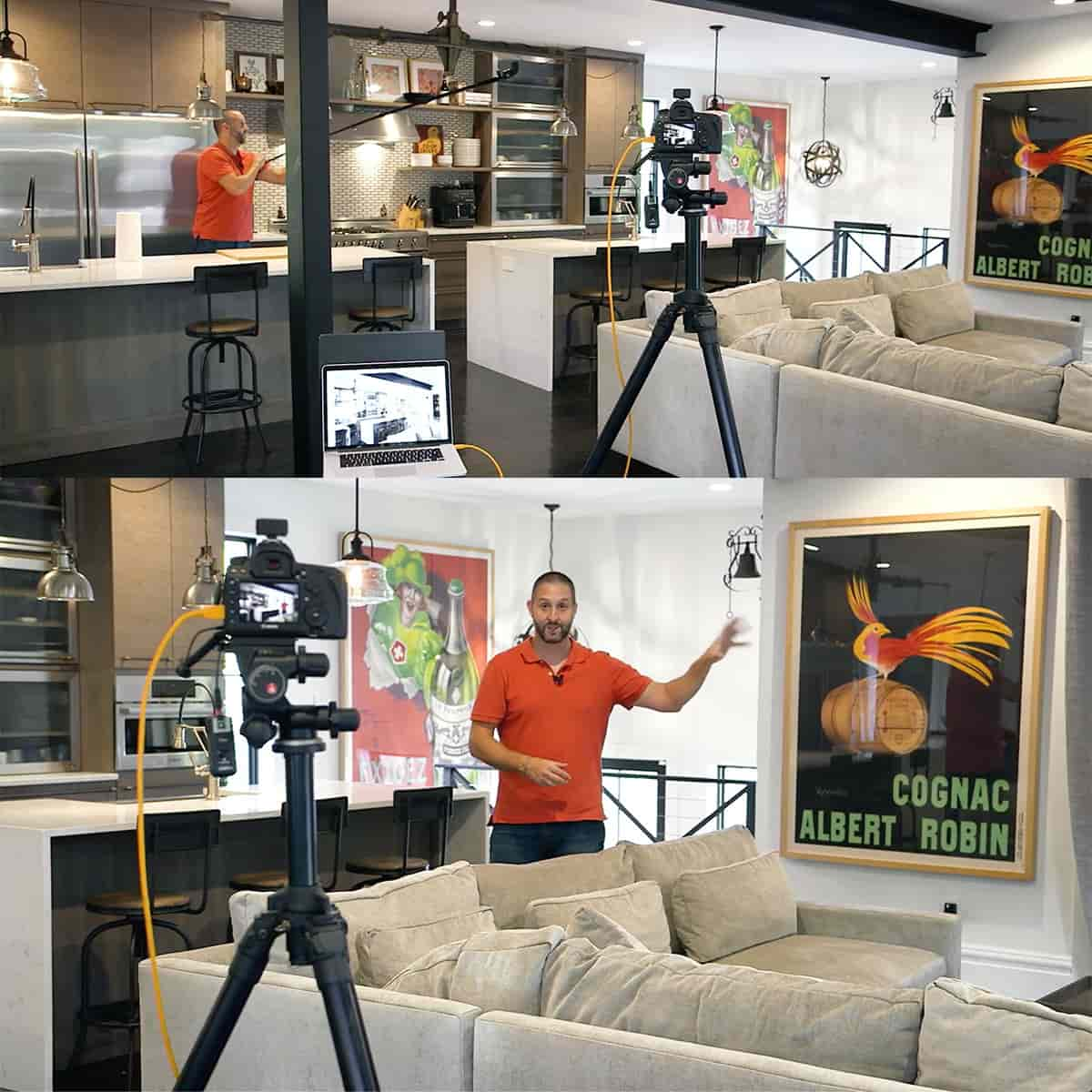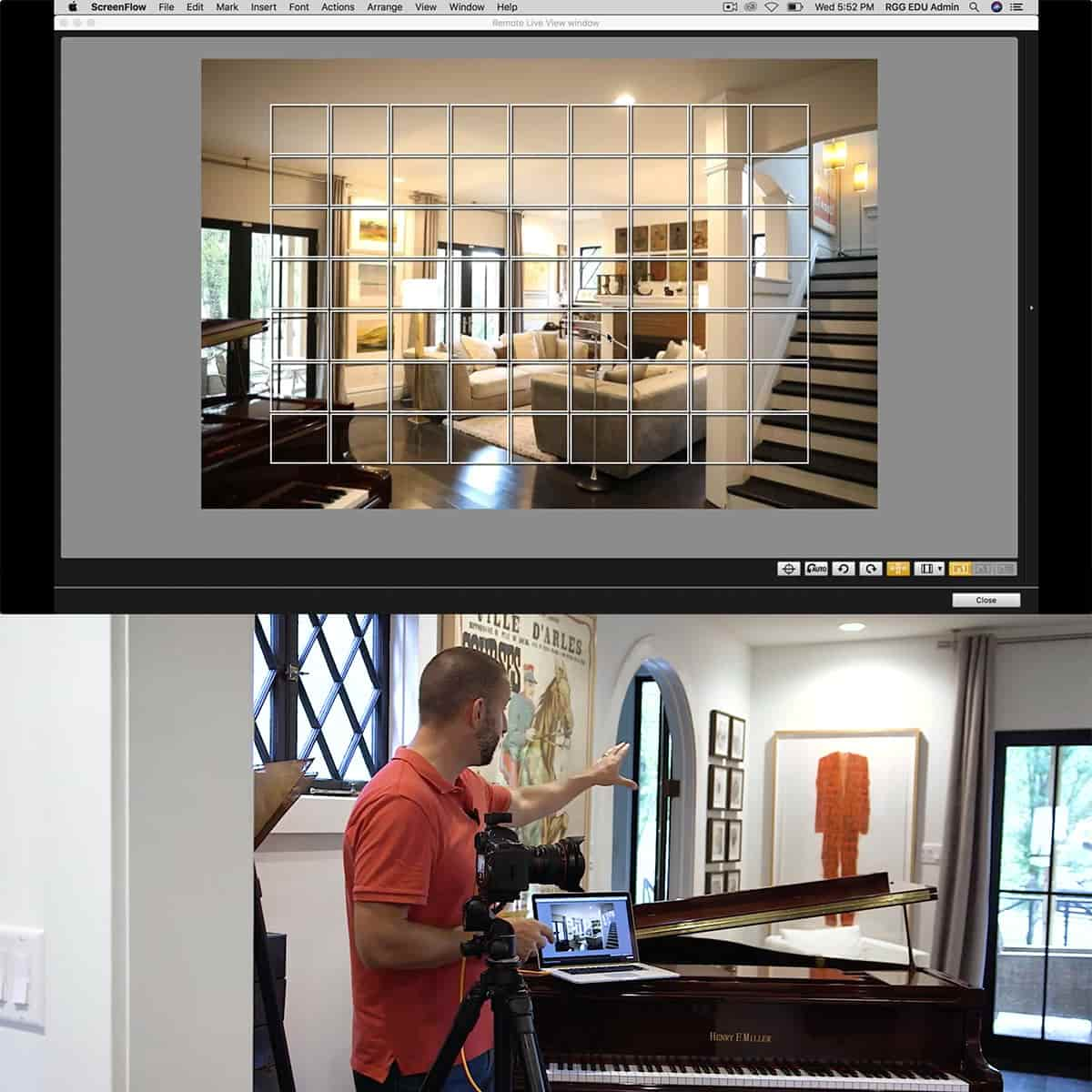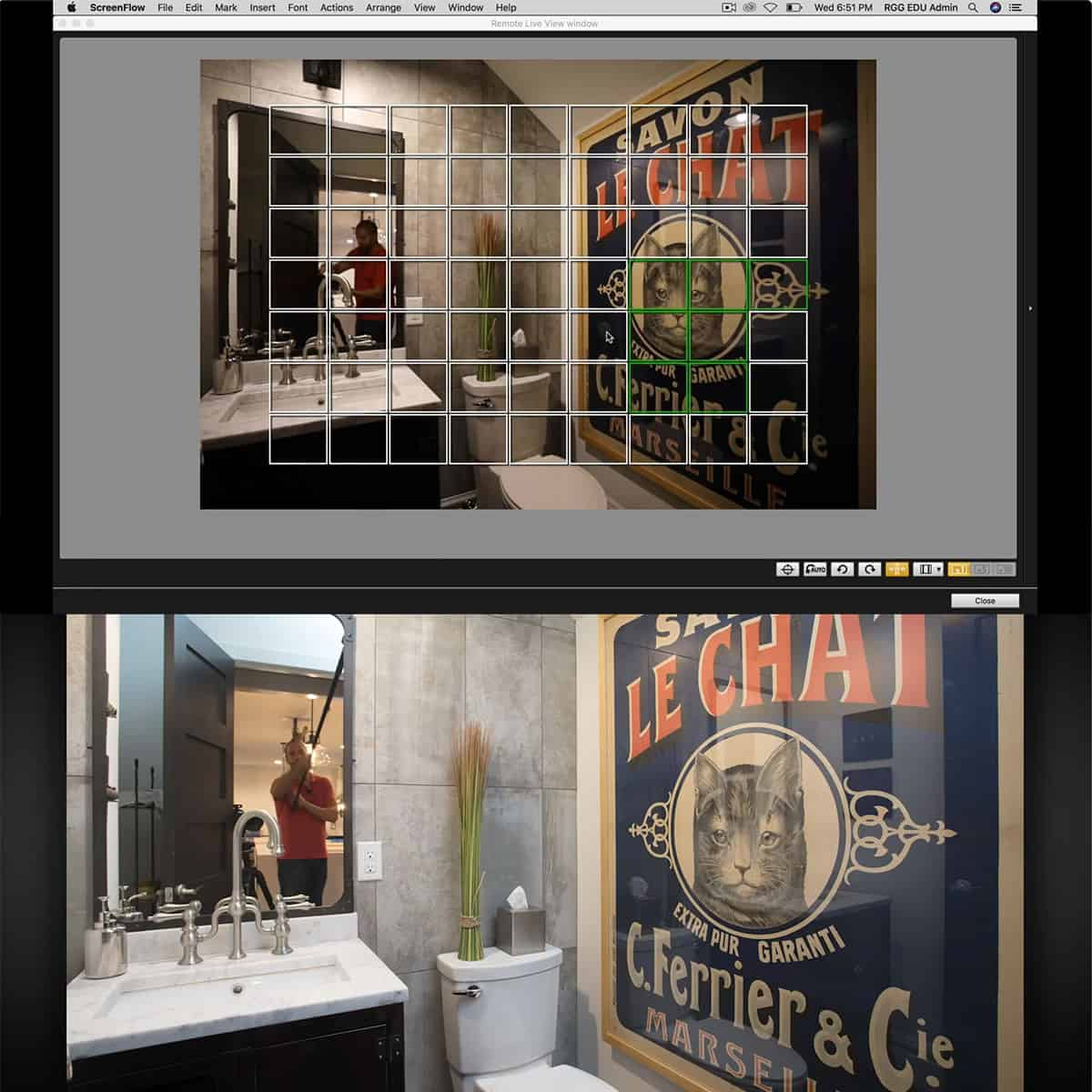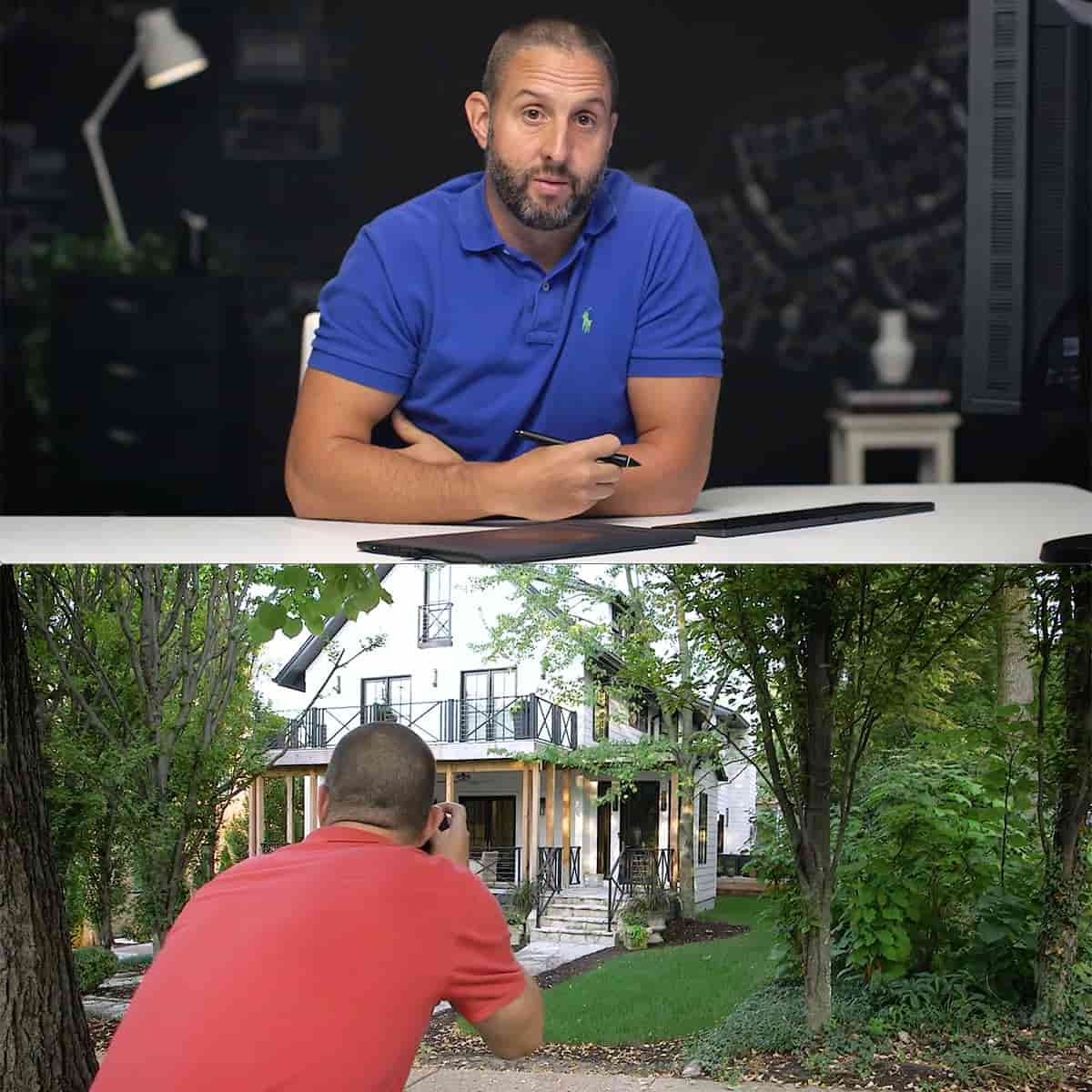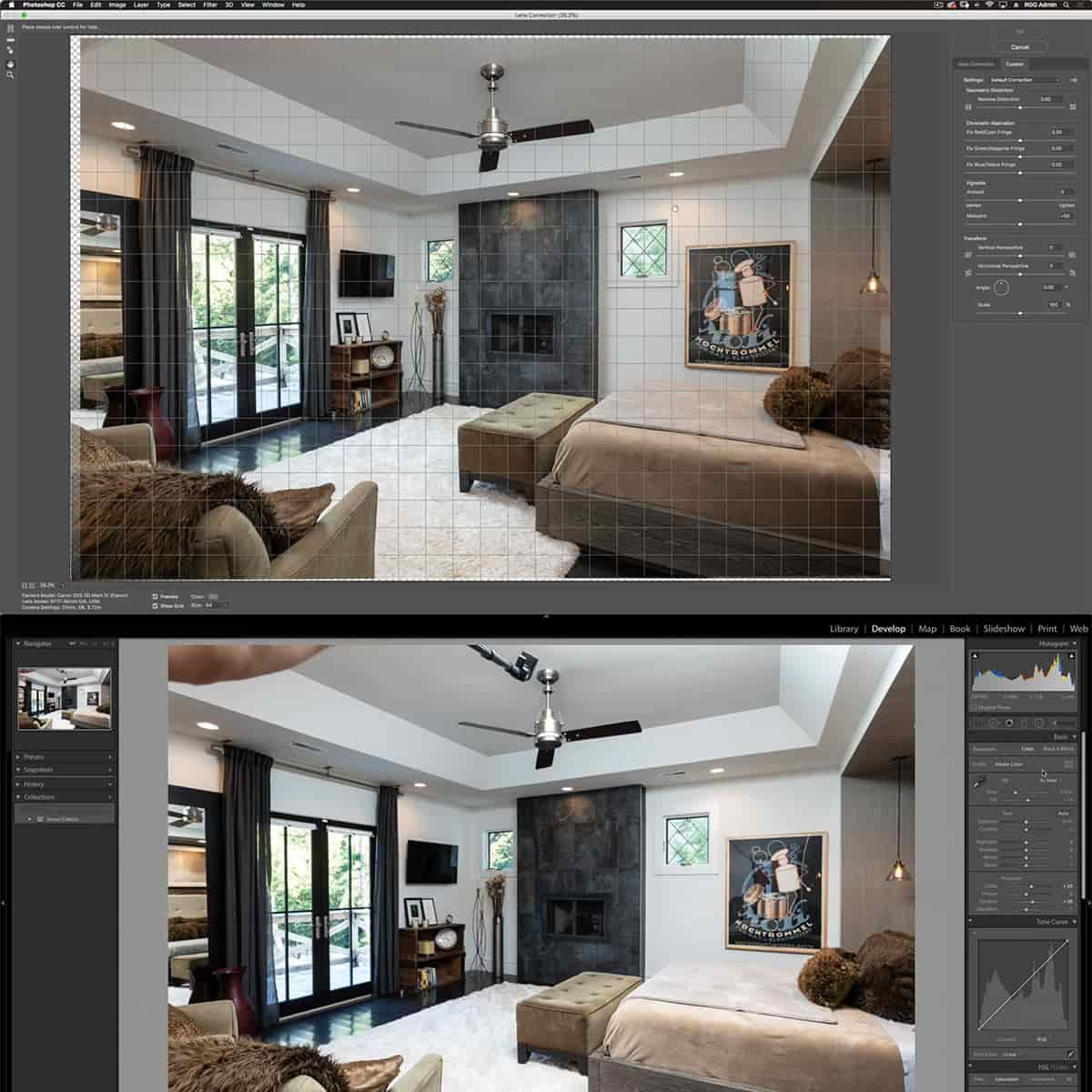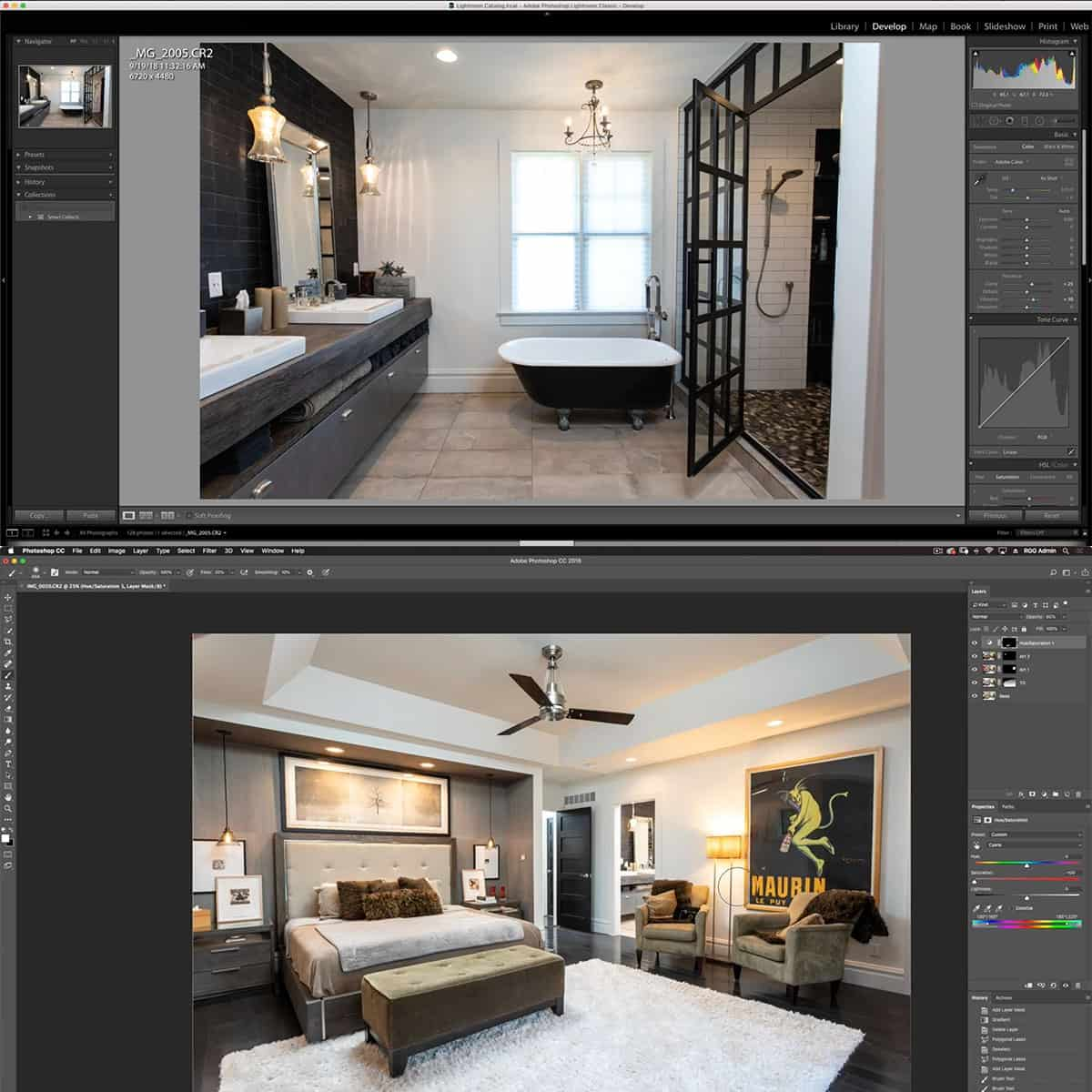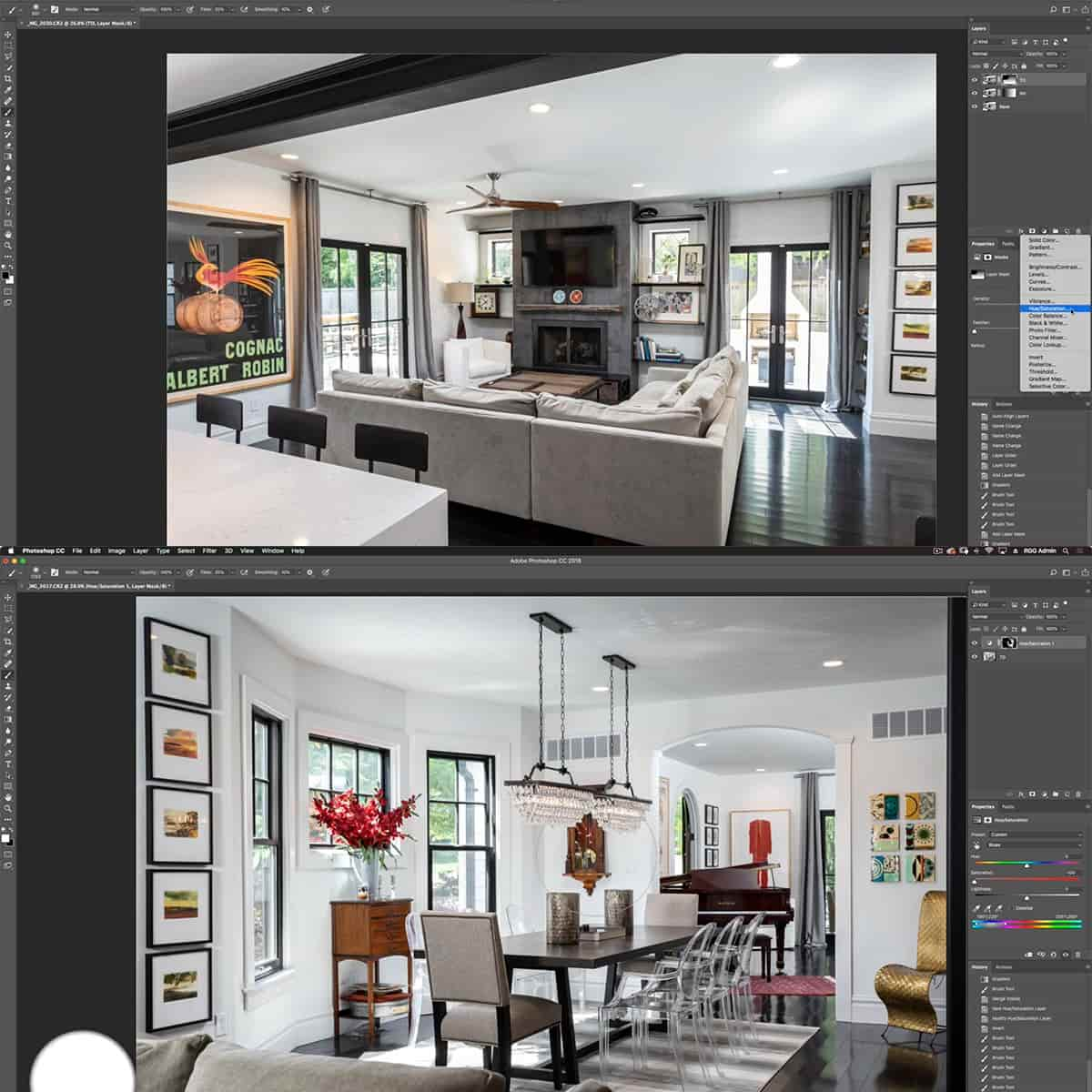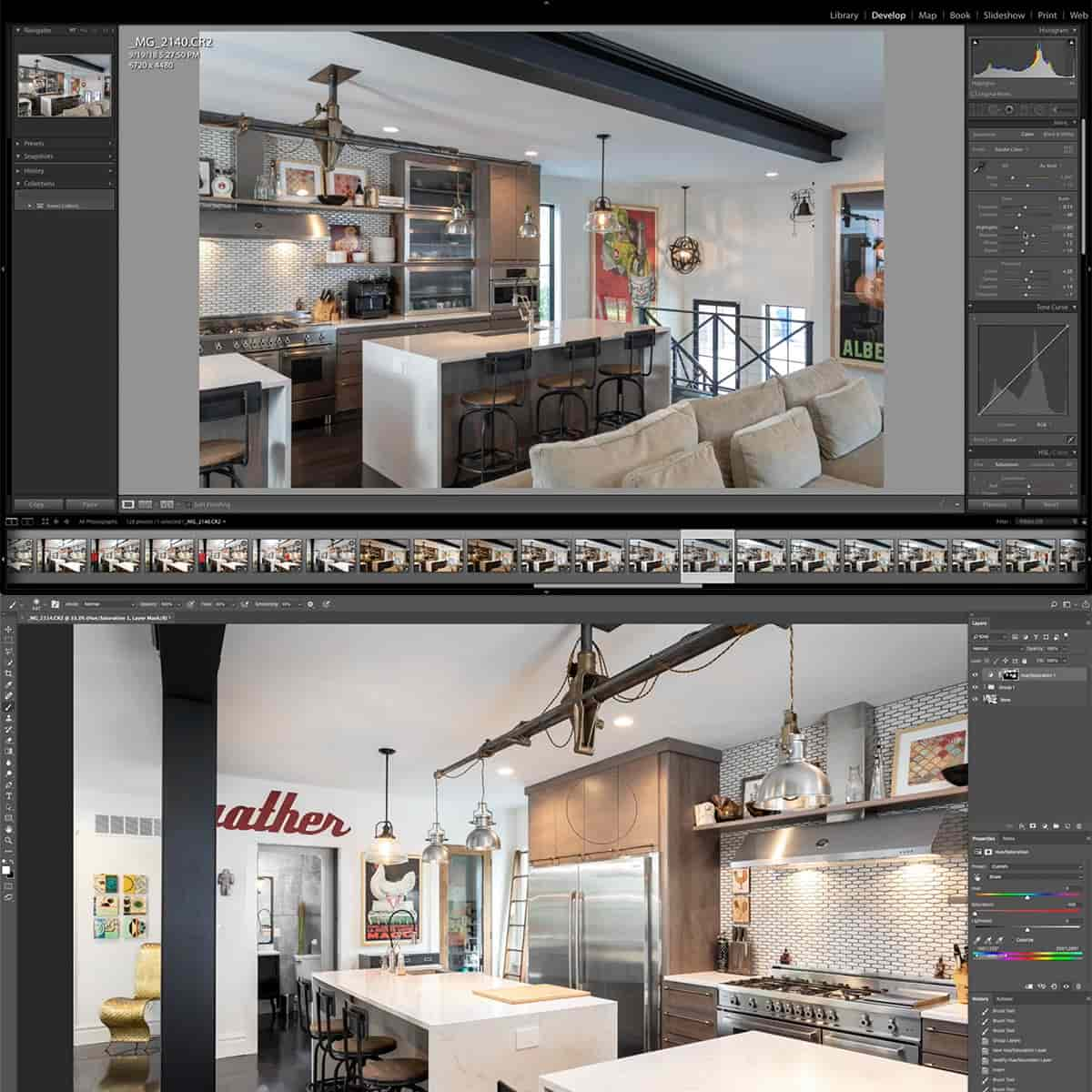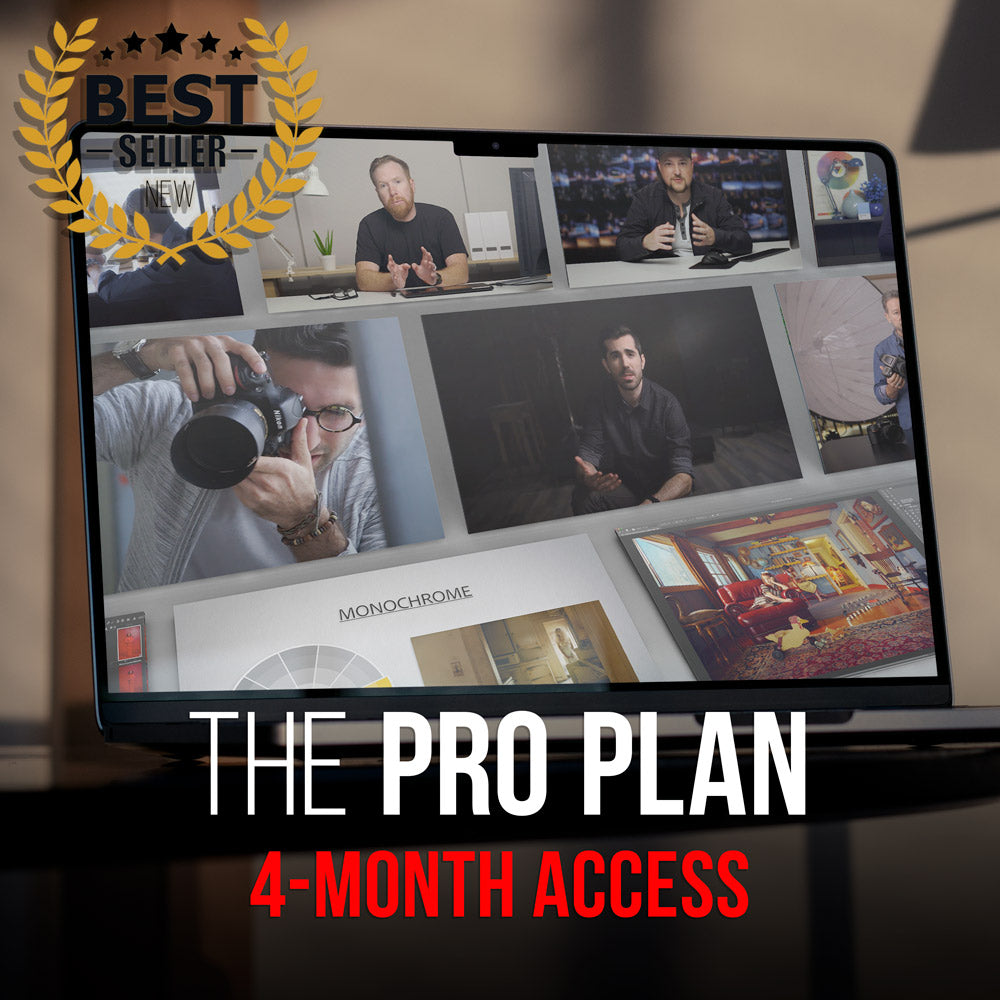Vous souhaitez vous démarquer dans le monde de la photographie immobilière ? Que vous soyez un débutant désireux d'apprendre les ficelles du métier ou un photographe chevronné souhaitant perfectionner ses compétences, de nombreux cours de photographie immobilière en ligne vous attendent. L'un des meilleurs moyens de se démarquer dans ce domaine concurrentiel est d'investir dans une formation de qualité, couvrant tout, du matériel essentiel aux techniques avancées.
Au cours de notre exploration, nous avons découvert plusieurs plateformes remarquables proposant des cours complets. Par exemple, Real Estate For Photographers avec Barry Mackenzie est parfait pour ceux qui veulent apprendre à créer des images immobilières pour les agents immobiliers et à gagner six chiffres en le faisant. Si vous préférez un contenu concis et adapté aux débutants, le cours Skillshare intitulé « Real Estate Photography: How To Get Started » pourrait être un point de départ fantastique.
De plus, pour ceux qui souhaitent développer leur activité de photographie immobilière, nous recommandons le cours Darren Miles Photography . Il offre des informations sur l'équipement, l'éclairage, la composition, le post-traitement, l'édition et l'acquisition de clients. Ces cours améliorent non seulement vos compétences techniques, mais vous apprennent également à commercialiser efficacement vos services.
Principaux points à retenir
- Une éducation de qualité est essentielle pour exceller dans la photographie immobilière.
- Les cours en ligne complets offrent une gamme de sujets allant du niveau débutant au niveau avancé.
- Des compétences efficaces en marketing et en affaires sont aussi cruciales que les compétences techniques.
Équipement indispensable pour la photographie immobilière
En matière de photographie immobilière, il est essentiel de disposer du bon équipement. Nous aborderons l'équipement photo essentiel et les accessoires d'éclairage nécessaires pour capturer des images immobilières époustouflantes .
L'essentiel de l'équipement photo
Un appareil photo reflex numérique est l'épine dorsale de toute configuration de photographie immobilière. Des marques comme Nikon proposent d'excellentes variantes avec des fonctionnalités avancées. Les capteurs haute résolution et les objectifs interchangeables rendent les reflex numériques polyvalents.
Les objectifs grand angle sont indispensables pour capturer des pièces entières en une seule prise de vue. Un objectif 14-30 mm fonctionne bien, vous permettant de photographier des espaces larges et restreints. Un objectif standard 24-70 mm peut également être utile pour différentes perspectives.
Les trépieds sont indispensables pour prendre des photos stables et sans flou. Ils permettent de prendre des photos avec des vitesses d'obturation plus lentes et d'obtenir des compositions parfaitement équilibrées. L'association d'un trépied et d'un déclencheur à distance permet d'obtenir des photos encore plus stables.
Pour des configurations plus avancées, pensez à utiliser un drone . Les drones offrent des vues aériennes qui peuvent être spectaculaires pour les grands domaines et montrer les propriétés dans leur intégralité depuis le ciel. N'oubliez pas que vous aurez peut-être besoin d'une licence de drone commercial pour en utiliser un légalement.
Éclairage et accessoires
L'éclairage joue un rôle essentiel dans la photographie immobilière. La lumière naturelle est précieuse, mais il faut parfois travailler avec la lumière artificielle pour obtenir les meilleurs résultats.
Les flashs sont souvent utilisés pour éclairer les espaces sombres. Les systèmes de flash hors caméra offrent un meilleur contrôle sur la direction et l'intensité de la lumière. L'utilisation d'outils appris grâce au modelage de la lumière stroboscopique peut améliorer considérablement vos techniques de flash.
Les réflecteurs et les diffuseurs permettent de gérer la qualité et la direction de la lumière. Ils peuvent adoucir les rayons du soleil ou réfléchir la lumière dans les zones d'ombre.
Ne négligez pas l'importance du logiciel de post-traitement. Il permet d'ajuster la luminosité, le contraste et l'équilibre des couleurs, garantissant ainsi des images finales professionnelles et attrayantes.
Des trépieds et des flashs de qualité combinés à des réglages d'appareil photo appropriés nous permettent de capturer les meilleures photos possibles, quelles que soient les conditions d'éclairage.
Techniques et composition pour des images captivantes
Pour réaliser des photos immobilières captivantes, il est essentiel de maîtriser des techniques spécifiques et de prêter une attention particulière à la composition. Ces éléments sont essentiels pour les prises de vue intérieures et extérieures, renforçant l'attrait général de toute propriété.
Maîtriser les espaces intérieurs
Lors de la prise de vue d'intérieurs, l'éclairage et les angles sont essentiels. La lumière naturelle peut rendre des pièces comme le salon et la chambre principale plus accueillantes. Utilisez une lumière douce et diffuse pour minimiser les ombres prononcées. Dans la cuisine ou la salle de bain, positionnez la caméra de manière à montrer l'espace et la fonctionnalité.
Les techniques de composition, comme la règle des tiers , permettent de créer des images équilibrées. Alignez les lignes verticales et horizontales avec la grille pour maintenir la symétrie. Pour des méthodes plus avancées, pensez à apprendre à éclairer efficacement les intérieurs en plein jour .
Prise de vue d'extérieurs et de paysages
Pour les extérieurs et les paysages, l'heure de la journée est importante. Les prises de vue en début de matinée ou en fin d'après-midi offrent une lumière douce et flatteuse. Mettez en valeur l'architecture en utilisant des angles variés pour capturer son design. Les objectifs grand angle sont utiles pour mettre en valeur l'ensemble de la propriété, y compris les jardins et les allées.
Le tutoriel de photographie d'architecture offre des informations sur la capture des détails extérieurs, mettant en valeur la beauté des structures. L'utilisation de lignes directrices peut guider l'œil du spectateur à travers la propriété, améliorant ainsi son attrait visuel.
Techniques avancées de photographie immobilière
Dans cette section, nous explorerons des méthodes importantes pour améliorer vos photos immobilières , notamment l'utilisation du HDR et des expositions multiples , ainsi que des techniques d'édition innovantes.
Utilisation du HDR et des expositions multiples
Le HDR (High Dynamic Range) est essentiel pour équilibrer les zones claires et sombres d'une photo. En photographie immobilière, le HDR permet de capturer toute la gamme d'éclairage d'une pièce, des fenêtres ensoleillées aux coins ombragés. Nous prenons plusieurs expositions à différents niveaux de luminosité et les combinons pour créer une image plus détaillée.
En utilisant des expositions multiples, nous pouvons obtenir plus de profondeur et de détails dans nos photos. Cette approche est particulièrement utile dans la photographie au crépuscule, où l'équilibre entre la lumière artificielle et naturelle présente un défi important. Le contrôle de la réflexion est un autre avantage clé, car les expositions multiples nous permettent de capturer différents aspects des surfaces réfléchissantes.
Techniques innovantes de montage
C'est lors de la retouche que nos photos prennent vraiment vie. Grâce à Adobe Lightroom , nous pouvons corriger les distorsions de l'objectif et ajuster la balance des couleurs pour présenter la propriété sous son meilleur jour. Le remplacement du ciel est une autre technique permettant d'améliorer les prises de vue en extérieur, en particulier par temps couvert. En remplaçant un ciel terne par un ciel éclatant, nous pouvons rendre la propriété plus attrayante.
Nous nous concentrons également sur des techniques avancées telles que le mélange des expositions pour améliorer les reflets et l'application d'une netteté sélective pour mettre en valeur les points focaux. Ces petits ajustements peuvent faire une grande différence dans la création de photos immobilières époustouflantes et professionnelles.
Créer une entreprise de photographie immobilière
La création d'une entreprise de photographie immobilière prospère nécessite un marketing stratégique et de solides relations avec les clients. Il est essentiel de comprendre les nuances de ces deux aspects pour prospérer dans ce secteur.
Stratégies marketing pour les photographes
Un marketing efficace est essentiel pour développer votre activité de photographie immobilière. Nous devons commencer par créer un site Web professionnel qui présente notre portfolio. Un site Web bien conçu peut attirer des clients potentiels tels que des agents immobiliers et des architectes.
L'utilisation des réseaux sociaux est un autre excellent moyen d'atteindre un public plus large. Des plateformes comme Instagram et Facebook nous permettent de partager nos derniers travaux et d'interagir avec nos abonnés. Des publications, des stories et des publicités régulières peuvent permettre de garder nos services en tête.
Participer à des événements de réseautage locaux peut également nous aider à entrer en contact avec des clients potentiels en personne. La création de cartes de visite et d’autres supports promotionnels peut laisser une impression durable. De plus, nous devons envisager des techniques de marketing numérique, telles que l’optimisation des moteurs de recherche (SEO) et le marketing par e-mail pour rester compétitifs.
Les stratégies de marketing numérique, comme celles partagées dans le Marketing numérique pour votre entreprise de photographie , peuvent nous guider pour optimiser efficacement notre présence en ligne.
Relation et communication client
Il est tout aussi important de nouer des relations solides avec nos clients. La communication est essentielle pour comprendre leurs besoins et leurs attentes. Des mises à jour régulières et des discussions claires sur les objectifs du projet peuvent éviter les malentendus.
Nous devons toujours être disponibles et réactifs. Des réponses rapides aux e-mails et aux messages témoignent de notre dévouement et de notre professionnalisme. Il est essentiel d'écouter les commentaires et de procéder aux ajustements nécessaires pour satisfaire les clients.
Proposer des services supplémentaires comme la mise en scène virtuelle peut nous démarquer de nos concurrents. La mise en scène virtuelle permet aux acheteurs potentiels de visualiser le potentiel de la propriété, ce qui rend nos services plus attrayants pour les agents immobiliers et les architectes d'intérieur.
Maintenir une attitude professionnelle et fournir un travail de qualité constante nous aidera à gagner la confiance et à encourager les clients à revenir. Une gestion efficace des relations avec les clients garantit le succès et la croissance à long terme de notre entreprise de photographie.
Découvrir les ressources et l'éducation en ligne
La photographie immobilière peut être améliorée grâce à diverses ressources en ligne. Des plateformes comme Udemy et LinkedIn Learning proposent des cours complets qui couvrent les techniques, l'utilisation du matériel et les stratégies commerciales.
Choisir les bons cours en ligne
Le choix des meilleurs cours en ligne de photographie immobilière dépend de votre niveau de compétence et de vos objectifs. Udemy propose de nombreuses options pour vous permettre d'apprendre à prendre des photos immobilières professionnelles, que vous soyez débutant ou plus avancé. Pour ceux qui débutent, Real Estate Photography: How to Get Started on Skillshare propose une introduction concise et adaptée aux débutants.
Pour ceux qui cherchent à se spécialiser, des cours dispensés par des photographes expérimentés comme Charlie Borland et Scott Hargis sur des plateformes comme LinkedIn Learning permettent d'approfondir des techniques spécifiques. La Master Class de photographie immobilière comprend une formation complète sur divers aspects de la photographie tels que la vidéo et l'imagerie 3D. Ces cours sont conçus pour vous aider à maximiser votre potentiel et à améliorer votre valeur marchande.
Apprentissage continu et perfectionnement des compétences
L'apprentissage continu est essentiel pour rester à jour dans le domaine en constante évolution de la photographie immobilière. Des ressources telles que le pack Lightroom Masterclass peuvent vous aider à améliorer vos compétences en post-traitement, qui sont essentielles pour produire des images de haute qualité. Le pack couvre des outils qui rationalisent votre flux de travail et améliorent l'efficacité de la retouche photo.
De plus, YouTube est une excellente plateforme d'apprentissage continu, proposant de nombreux tutoriels de photographes renommés comme Mike Kelley et Greg Gottfried. Le fait de consulter le contenu d'experts tels que Phil Ebiner peut également vous fournir des informations et des conseils précieux pour affiner vos compétences.
En tirant parti de ces ressources, nous pouvons continuellement nous améliorer et rester en tête dans le secteur concurrentiel de la photographie immobilière.
Questions fréquemment posées
Ici, nous abordons certaines questions courantes sur la façon de devenir photographe immobilier, les meilleurs objectifs à utiliser et si cela peut être une carrière rentable .
Comment puis-je devenir un photographe immobilier certifié ?
Pour devenir photographe immobilier certifié, vous pouvez suivre des cours offerts par des organisations professionnelles. Ces programmes comprennent souvent une formation sur les techniques de photographie, l'édition et les pratiques commerciales.
Quels sont les meilleurs cours de photographie immobilière en ligne pour les débutants ?
Pour les débutants, un cours très bien noté est proposé par Professional Real Estate Photo . Ce cours couvre tout, depuis l'équipement essentiel jusqu'à la photographie de maisons et l'accueil des clients.
Quel type d’objectif est recommandé pour la photographie immobilière ?
Pour la photographie immobilière, il est recommandé d'utiliser un objectif grand angle . Selon les experts, l'utilisation d'un objectif d'environ 16-35 mm sur un appareil photo plein format peut créer une impression de profondeur et mettre en valeur l'espace dans une pièce, comme le suggère Pixpa .
Comment démarrer une carrière dans la photographie immobilière ?
Pour débuter une carrière dans la photographie immobilière, il faut se constituer un portfolio solide, nouer des contacts avec des agents immobiliers et améliorer continuellement ses compétences. Apprendre auprès de photographes expérimentés et éventuellement suivre des cours dispensés par des professionnels du secteur, comme ceux de Tony Colangelo , peut être bénéfique.
La photographie immobilière peut-elle être une activité rentable ?
Oui, la photographie immobilière peut être une activité rentable. En perfectionnant nos compétences, en développant un style unique et en maintenant un portefeuille solide, nous pouvons attirer un flux constant de clients. L'exploration de sources de revenus connexes, telles que les visites virtuelles ou les visites vidéo, peut également améliorer la rentabilité, comme le mentionne Zenfolio .
Existe-t-il des cours de photographie immobilière gratuits disponibles en ligne ?
Des cours gratuits sont disponibles en ligne, mais ils ne fournissent pas forcément la formation complète nécessaire à la réussite professionnelle. Il est souvent intéressant d'investir dans un cours réputé qui couvre tous les aspects de l'entreprise, de la capture d'images de haute qualité à la gestion des relations avec les clients.





